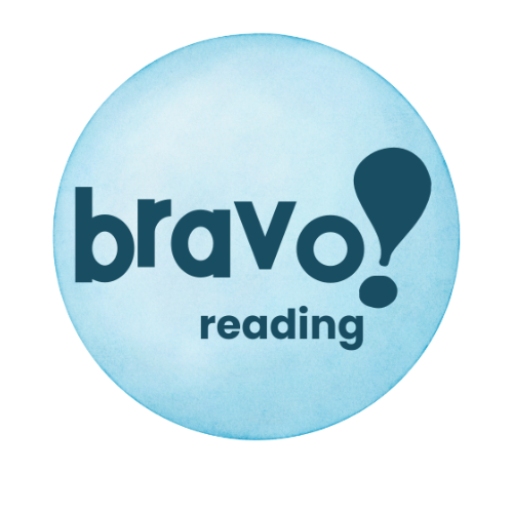How Movement Makes Dyslexia And Reading Problems Disappear!
Dyslexia is a learning difference that typically affects reading, writing, and spelling. It’s a neurological condition that impacts the way the brain processes language. If a child has dyslexia and reading problems, it’s difficult to decode or sound out words and recognize phonetic structures.

Traditional methods of teaching reading usually involve static activities like reading, writing, and repeating. Children use phonics, flashcards, rote memorization of sight words, and “drill and kill” activities to learn to read.
These methods work for most kids. But for children with dyslexia, it’s a long death sentence – one of suffering and failure. Is is any wonder that 48% of America’s prison population has dyslexia?
However, innovative educational research and practices have started to reveal the power of movement as a tool for enhancing learning for dyslexia and reading.
Integrating Movement With Dyselxia And Reading Instruction
Movement, when integrated into dyslexia and reading instruction, can create a multi-sensory learning experience that taps into different areas of the brain.
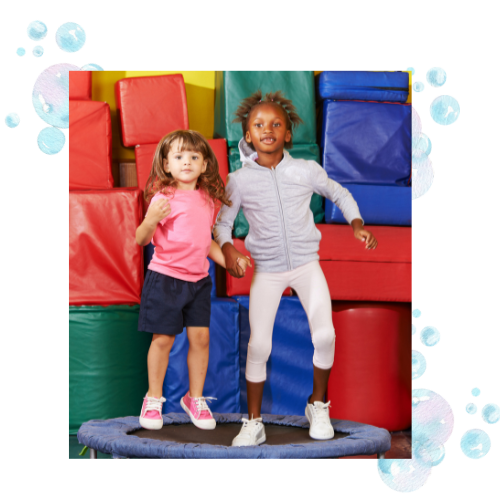
This approach aligns with the understanding that children with dyslexia often learn best through methods that involve touch, sight, sound, and, crucially, physical activity.
By engaging the body, movement-based strategies can help bypass some of the neurological roadblocks faced by dyslexic learners. This offers new pathways for learning. Since most kids with dyslexia are hands-on or tactile learning, they learn by doing. This means they need to move and touch to learn. Hearing and seeing simply don’t work for these kids.
Multi-Sensory Learning and Its Impact on Dyslexia
Multi-sensory learning is a core principle in many interventions for dyslexia and reading. By engaging visual, auditory, and kinetic activities, an activity becomes multisensory.
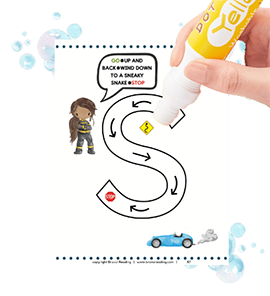
This method engages multiple senses simultaneously to help the brain form stronger neural connections. When movement is added to the mix, it becomes a powerful component of multi-sensory learning. For instance, a child might trace a letter in the air while saying the sound it makes, using both their visual and kinesthetic senses.
At Bravo! Reading, we know methods like this can be helpful, but a child must trace a letter or word in the air or sand many times to make improvement. This often results in boredom and once that happens, learning tapers off.
A better method has been identified, and kids enjoy using it. When kids with dyslexia learn to decode or sound out words by using dot dabbers to pound phonemic units, it’s easier. When an Orton-Gillingham based, reading approach is also used, magic happens! Dyslexia and reading success soon follows.
How New Methods Of Learning Make An Impact
There are numerous reasons why this method works better than others. First, kids enjoy this process because it’s fun, engaging, and different.

Next, the shoulder, arm, and hand are involved. This means that large motor movements are involved. This results in longer-lasting learning. And finally, by using dot dabbers with visual and auditory cues, a true multisensory experience is attained.
In addition, research has shown that incorporating movement into reading and dyslexia activities helps. These exercises activate different parts of the brain, including areas associated with motor skills and memory.
By stimulating these additional neural circuits, movement-based interventions can help reinforce the phonetic and linguistic skills that children with dyslexia often struggle with.
The act of moving, whether it’s through hand motions, dance, or large body movements, can help anchor reading concepts in the child’s memory more effectively than static learning alone.
Enhancing Phonemic Awareness through Movement
Phonemic awareness is a critical skill for early reading development. It involves the ability to recognize and manipulate the individual sounds (phonemes) in words.

Children with dyslexia often have difficulty in this area, which makes learning to read a significant challenge. Movement can be used to reinforce phonemic awareness by linking physical actions with the sounds they represent.
For example, a teacher might ask a student to jump once for each sound in a word. If the word is “cat,” the child jumps three times—one jump for each phonemic sound: “c”, “a”, and “t”.
This type of activity engages the child’s whole body in the learning process. By doing this, the child can feel the segmentation of sounds in a word. By connecting the abstract concept of sound segmentation with a physical action, it becomes easier for the brain to process and retain the information. Dyslexia and reading skills improve.
Movement, Dyslexia, And Reading: It’s A Jam Session!
However, it’s difficult to get an entire class jumping to specific letter sound needs. Some kids might need to jump for the letter “a” while others might.
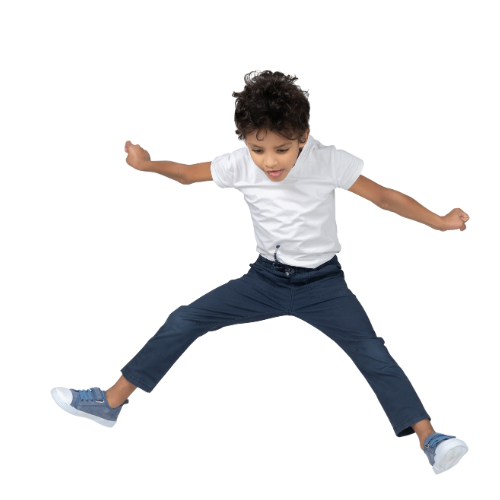
These jumping movements can be beneficial for children, but the danger is using a hit-or-miss process.
It’s important that a complete dyslexia curriculum is laid out for kids with dyslexia. For instance, at Bravo! Reading, we’ve found that kids with dyslexia need to spend more time with blending two-letter words before moving on to three-letter words.
If you’d like a fun way to start helping your child sound out two-letter words, check out the Bravo! Punch Pack. It’s completely free and is the first step in helping your dyslexic child learn to decode. Be sure that letter sounds are known, though. If your child struggles with retaining letter sounds, we recommend the Bravo! Beginner, which is movement based and geared toward the dyslexic learner. Dyslexia and reading skills don’t have to be a headache or problem!
Movement Improves Memory and Retention
Many children with dyslexia and reading problems struggle with working memory, which is the ability to hold and manipulate information over short periods.
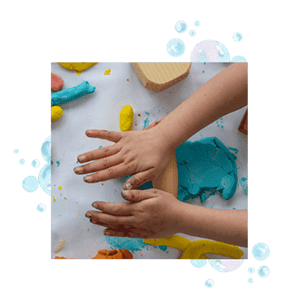
This deficit can make it hard to remember phonetic rules or word sequences, impacting reading fluency. Physical movement can play a role in enhancing memory by creating a more dynamic and engaging learning experience.
Incorporating movement into reading activities can help increase engagement. These movements stimulate areas of the brain associated with memory and recall. For instance, acting out a story or using hand gestures to represent different words can help children remember the narrative and key vocabulary. Kids with dyslexia who use dot dabbers to pound out sounds have higher recognition over time than by using traditional measures.
When children associate a word or a sound with a specific movement, it forms a unique memory trace that is easier to recall than if the word had been learned passively.
Studies have shown that children tend to remember information better when it is learned in an active, rather than passive, context. This is because movement helps to activate the brain’s motor cortex. When the motor cortex is activated, planning and executing actions are involved. By integrating movement with dyslexia and reading instruction, educators can take advantage of this brain-body connection. This, in turn, enhances the retention of reading skills.
How Developing Cross-Lateral Skills Helps Reading Proficiency
Cross-lateral movements are actions that involve crossing the midline of the body (the imaginary line dividing the body into left and right halves). These movements, like touching the left knee with the right hand, can help improve communication between the left and right hemispheres of the brain.
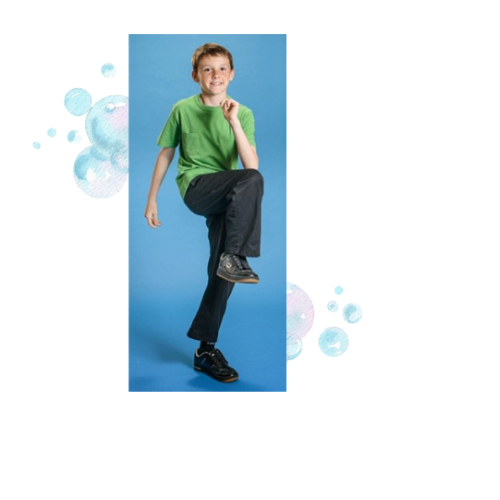
For children with dyslexia, who often have difficulties with the integration of brain hemispheres, cross-lateral activities can be particularly beneficial.
The left hemisphere of the brain is typically more involved in language processing, while the right hemisphere plays a significant role in spatial awareness and pattern recognition.
Dyslexic learners may experience a disconnection or a delay in the integration of these functions. Engaging in cross-lateral movements can help stimulate and strengthen the neural pathways that connect both hemispheres, potentially improving the brain’s ability to process language more efficiently.
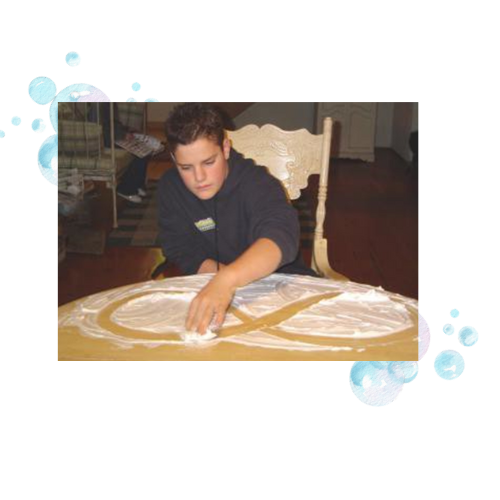
In practical terms, educators should incorporate exercises like “cross crawls” (touching the opposite knee with the hand) or “figure eights” (drawing an infinity symbol in the air) to warm up the brain before reading activities.
These exercises help to activate the neural networks involved in language processing, making it easier for children with dyslexia and reading problems to decode words and comprehend text.
Building Confidence and Reducing Anxiety
Children with dyslexia and reading issues often face emotional challenges, including anxiety and frustration due to their struggles with reading.

These negative emotions can create a cycle of avoidance and low self-esteem, making it even harder for them to engage with reading tasks. Movement-based activities can help break this cycle by making learning more playful, interactive, and less intimidating.
Physical activities, especially those that involve rhythmic movement, can have a calming effect on the nervous system. Rhythmic activities like clapping along to syllables, using a jump rope while chanting words, or pounding out sounds and words with a dot dabber can help regulate the child’s mood and reduce anxiety, making them more receptive to learning.
When children feel relaxed and confident, they are more likely to take risks, make mistakes, and ultimately learn more effectively.
Integrating Movement into a Comprehensive Dyslexia Program
To be most effective, movement should not be seen as a separate activity from dyslexia and reading instruction but as an integrated component of a comprehensive reading and dyslexia intervention program.
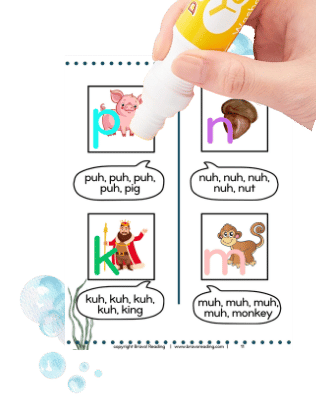
Programs like Bravo! Reading are designed to harness the power of movement, combining physical activities with evidence-based reading strategies tailored for dyslexic learner.
Kids with dyslexia and reading problems learn differently than other kids. They might completely miss out on something that other kids picked up easily. This means that they end up with “holes” in their learning and reading foundations. It’s important that the dyslexic child is taken back to square one and systematically taught to fill in learning gaps – through movement if possible.
How Movement Makes Reading Magical
Movement is a natural and essential part of how children learn and interact with the world. For kids with dyslexia and reading issues – who often struggle with traditional reading instruction methods – integrating movement into the learning process can open up new pathways for understanding and retaining information.

Through multi-sensory activities, cross-lateral exercises, and rhythmic movement, children can build the foundational skills necessary for reading success.
By engaging both the body and the brain, movement-based interventions help make reading a more dynamic, memorable, and enjoyable experience. Programs like Bravo! Reading recognize the importance of this holistic approach, offering a unique blend of movement and literacy instruction designed to help children with dyslexia unlock their full potential. In doing so, we not only help them improve their reading skills but also build their confidence and foster a lifelong love of learner.

